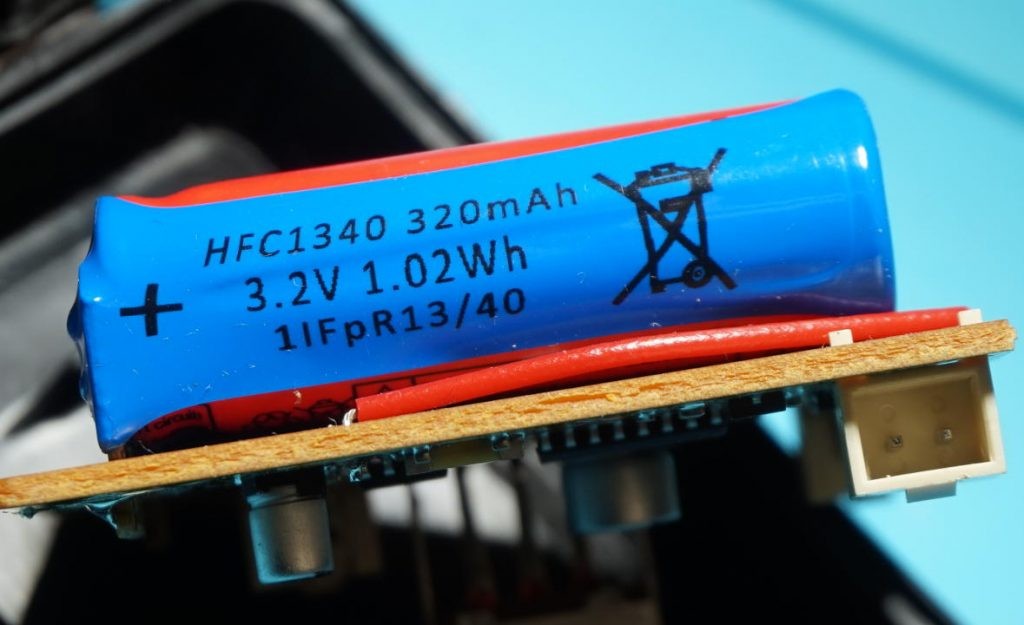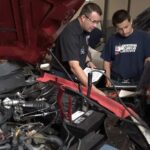Diving into any electronics modification project often begins with a thorough teardown to understand the internal components. The New Bright RC F150 truck appears promising externally, but the real question is whether it’s suitable for electronic replacements and upgrades. This exploration aims to uncover the inner workings of this RC car to assess its potential for modifications with readily available replacement parts.
Having acquired this particular New Bright F150 model secondhand along with a collection of other RC cars, its 2.4Ghz specification led to the initial assumption that a standard New Bright remote control might be compatible. However, this assumption proved incorrect. It quickly became apparent that these RC cars are manufactured with cost-effectiveness in mind, seemingly intended for disposal rather than repair. Once separated from their original controller, they effectively become non-functional, highlighting a design focused on immediate use rather than longevity or repairability.
Despite the supposed controller syncing procedure—turning the RC car on to enable a 30-second sync mode, then pushing forward or reverse on the remote until the wheels spin—attempts to pair the pictured 2.4Ghz New Bright RC remote were unsuccessful. The remote failed to elicit any response, ruling out the possibility of repurposing the built-in electronics by simply mapping signals.
Inside the New Bright F150 RC Car: A Component Overview
Upon disassembling the chassis of the New Bright F150 RC truck, a spacious compartment reveals a compact circuit board. A cable extends through a hole—formerly a battery compartment in older models—lacking strain relief, which makes it vulnerable to damage, especially by younger users.
Further examination into the truck’s internals exposes a basic circuit board paired with two lithium iron phosphate batteries on its underside. These batteries, while of modest capacity, are expected to outlast the rest of the RC truck’s components, suggesting a disparity in component lifespan.
Moving to the front section, a single 3v DC brushless hobby motor is present, instead of the anticipated servo motor for steering. While servos might offer more precise control, the choice of a DC motor likely reflects a focus on minimizing overall production costs, even if it necessitates additional molding and gear components.
The front-end gearing mechanism is straightforward, secured by pins within the plastic frame. A single, weak spring provides the tension for left/right steering return. Enhancing the tension of this spring would be necessary for improved steering responsiveness and control if considering modifications and replacement parts for better performance.
Looking at the rear of the RC truck, drive power is delivered by a DC brushless motor, identical to the front steering motor and presumably also operating at 3v. The gearing responsible for increasing torque is loosely housed within the plastic chassis and appears to have minimal lubrication, indicative of a basic, low-maintenance design.
In conclusion, the internal structure of this New Bright RC F150 truck is remarkably simple. While the construction is basic, understanding these components is the first step toward exploring potential electronic upgrades. Finding a suitable electronics package to enable control is the next challenge, particularly given the limitations of the front steering DC motor setup. However, with the right replacement parts, there’s still potential to enhance the functionality and performance of this RC truck for hobbyist projects.

